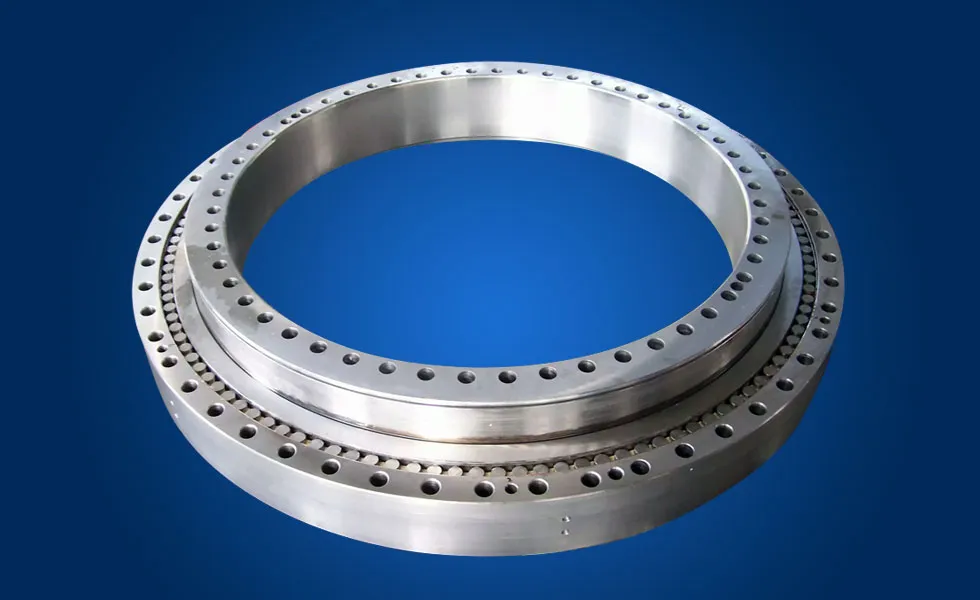-
Cangzhou Yulong Steel Co., Ltd.
-
Phone:
+86 13303177267 -
Email:
admin@ylsteelfittings.com
- English
- Arabic
- Italian
- Spanish
- Portuguese
- German
- kazakh
- Persian
- Greek
- French
- Russian
- Polish
- Thai
- Indonesian
- Vietnamese
- Zulu
- Korean
- Uzbek
- Hindi
- Serbian
- Malay
- Ukrainian
- Gujarati
- Haitian Creole
- hausa
- hawaiian
- Hebrew
- Miao
- Hungarian
- Icelandic
- igbo
- irish
- Japanese
- Javanese
- Kannada
- Khmer
- Rwandese
- Afrikaans
- Albanian
- Amharic
- Armenian
- Azerbaijani
- Basque
- Belarusian
- Bengali
- Bosnian
- Bulgarian
- Catalan
- Cebuano
- China
- China (Taiwan)
- Corsican
- Croatian
- Czech
- Danish
- Esperanto
- Estonian
- Finnish
- Frisian
- Galician
- Georgian
- Kurdish
- Kyrgyz
- Lao
- Latin
- Latvian
- Lithuanian
- Luxembourgish
- Macedonian
- Malgashi
- Malayalam
- Maltese
- Maori
- Marathi
- Mongolian
- Myanmar
- Nepali
- Norwegian
- Norwegian
- Occitan
- Pashto
- Dutch
- Punjabi
- Romanian
- Samoan
- Scottish Gaelic
- Sesotho
- Shona
- Sindhi
- Sinhala
- Slovak
- Slovenian
- Somali
- Sundanese
- Swahili
- Swedish
- Tagalog
- Tajik
- Tamil
- Tatar
- Telugu
- Turkish
- Turkmen
- Urdu
- Uighur
- Welsh
- Bantu
- Yiddish
- Yoruba

Dec . 05, 2024 04:52 Back to list
Techniques for Mandrel Bending of Rectangular Tubing in Metal Fabrication Industry
Mandrel Bending of Rectangular Tubing An Overview
Mandrel bending is a sophisticated technique widely used in the fabrication of tubular components, particularly when it comes to materials like rectangular tubing. This process is essential in a myriad of industries, including automotive, aerospace, and construction, where precision and smooth bends are crucial for structural integrity and aesthetic appeal.
Understanding Mandrel Bending
The mandrel bending process involves the use of a mandrel—a solid or flexible tool placed inside the tubing—that helps maintain the shape of the tube during the bending process. This method prevents deformities such as wrinkling or wall thinning, which can occur when bending hollow sections. By utilizing a mandrel, manufacturers can achieve tight radii, smooth curves, and increased accuracy, making it a preferred choice for bending rectangular tubing.
Key Benefits of Mandrel Bending
1. Enhanced Aesthetic Appeal One of the most notable advantages of mandrel bending is the aesthetic finish it affords. The process leaves the exterior surface smooth and free of marks, which is particularly important in applications where appearance matters, such as in automotive frames or architectural structures.
2. Structural Integrity Mandrel bending helps in preserving the mechanical properties of the material. This is crucial, as any deformation during the bending process could compromise the strength of the tube. The support provided by the mandrel minimizes internal stresses, allowing the final product to maintain its durability and functionality.
3. Precision In industries where specifications are stringent, mandrel bending stands out due to its ability to produce accurately sized bends. The consistency in the bending radius and curvature translates to uniformity across all parts, which is vital when multiple components must fit together seamlessly.
4. Versatility Mandrel bending is suitable for a variety of materials, including mild steel, stainless steel, aluminum, and other alloys. This versatility extends to various thicknesses and lengths, making it an adaptable solution for different engineering applications.
The Mandrel Bending Process
The mandrel bending process can be broken down into several stages
1. Preparation The tubular material is cut to the desired length and shape. Measurements are taken to ensure precision in future steps.
mandrel bending rectangular tubing

2. Choosing the Mandrel Depending on the application's requirements, an appropriate mandrel is selected. Solid mandrels are typically used for tighter bends, whereas flexible mandrels may be used for larger radii.
3. Bending The tubing is clamped and positioned within the bending machine, and the mandrel is inserted into the tube. The machine then applies force to bend the tube around a specific radius. The mandrel holds the inner curvature, preventing collapse and ensuring a smooth bend.
4. Finishing After bending, additional processes may be necessary, such as cleaning, deburring, or surface treatment, depending on the intended use of the tubing.
Applications of Mandrel Bending
The applications of mandrel bending for rectangular tubing are extensive
- Automotive Industry Used in the fabrication of vehicle frames, roll cages, and exhaust systems, where strength and appearance are critical.
- Aerospace Employed in making complex components that demand high precision and weight reduction.
- Architecture Helps create visually striking architectural elements such as railings, supports, and decorative features.
- Furniture Design Designers often use mandrel-bent tubing for creating modern furniture styles that require both strength and artistry.
Conclusion
Mandrel bending of rectangular tubing represents a blend of art and engineering, allowing for the creation of high-quality components that meet rigorous performance standards. As industries continue to evolve, the demand for advanced fabrication techniques like mandrel bending will only grow, solidifying its place as a crucial process in modern manufacturing. The advantages it offers—in terms of aesthetics, structural integrity, precision, and versatility—make it an invaluable tool for engineers and designers aiming to push the boundaries of innovation. As technologies advance, we can expect to see even more enhancements in mandrel bending techniques, further expanding its potential applications in various fields.
Latest news
-
ANSI 150P SS304 SO FLANGE
NewsFeb.14,2025
-
ASTM A333GR6 STEEL PIPE
NewsJan.20,2025
-
ANSI B16.5 WELDING NECK FLANGE
NewsJan.15,2026
-
ANSI B16.5 SLIP-ON FLANGE
NewsApr.19,2024
-
SABS 1123 FLANGE
NewsJan.15,2025
-
DIN86044 PLATE FLANGE
NewsApr.19,2024
-
DIN2527 BLIND FLANGE
NewsApr.12,2024
-
JIS B2311 Butt-Welding Fittings LR/SR 45°/90° /180°Seamless/Weld
NewsApr.23,2024











